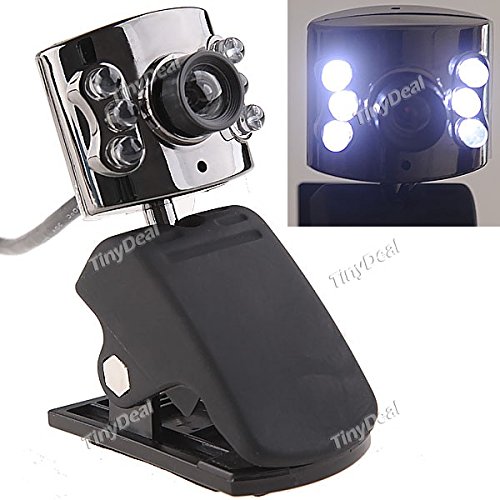- Eken Video Camera Usb Device Drivers For Mac Download
- Eken Video Camera Usb Device Drivers For Mac Os
EKEN designs and creates 4K+ action cameras that inspire people to capture the beauty of life, helping you seize the moment and relive every memory. High-quality 4K+ Action Cameras, EIS Cameras and more. Buy at EKEN official website. Use the USB cable supplied with your camera. Third-party USB cables may not allow the import of images from your camera. Depending on the model, the supplied cable will have the words Sony Corp printed on it. Make sure the USB ports on both the camera and computer are not dusty or dirty. Use a soft, dry cloth to remove any dust or debris. Boston; Astro; Astro Lite; Video Doorbell. EKEN V5 Video Doorbell; EKEN V6 Video Doorbell; EKEN V7 Video Doorbell; EKEN T4 Video Doorbell; Action Camera. H5s Plus; H6s Plus; H9R; Pano V6; Accessories; Support. Before starting a chat with EKEN. Download USB Drivers for All Android Devices (Windows & Mac) October 29, 2020 by Dibyashree Sharma 2020 Updated D ownload USB Drivers for Any Android (Samsung/ Motorola /Sony/ LG/ HTC/ ASUS/ Huawei and others):.Here we are sharing all the latest Android USB Drivers for Windows and Mac. Also, you will need to supply your own audio and video cables to go between your VCR and the Roxio USB Capture Device. If you have not purchased your cables yet, we suggest you use an S-Video cable for higher video quality. Connect the Roxio Video Capture USB device to a USB 2.0 port on your Mac with the included USB extension cable.
USB port types and names
USB (Universal Serial Bus) is an industry standard for connecting computers and other devices. It's available with many types of ports, and each type has a unique shape. On Mac, USB is available with these ports, depending on your Mac model:
USB-A
Type USB-A ports are commonly called USB, USB 2, or USB 3 ports, depending on the USB specification they support. Brave mac download. They aren't reversible, so a USB-A connector plugs into the port only when oriented correctly.

USB-C
Type USB-C ports are available on Mac as standard USB-C ports, Thunderbolt 3 ports, and Thunderbolt / USB 4 ports. They all look the same, and the connector plugs into the port in either orientation.
Learn more about identifying the ports on your Mac, as well as the adapters and cables you can use to connect older devices to type USB-C ports.
USB specifications
USB specifications are important primarily when you want the most speed and power for your USB device, or your device needs more power or is using too much power. Every USB port supports a particular USB specification, which determines the port's maximum>USB specifications on MacData transferPower deliveryUSB 4Up to 10 GbpsUp to 15W at 5VUSB 3.1 Gen 2
Also known as USB 3.2 Gen 2
Up to 10 GbpsUp to 15W at 5VUSB 3.1 Gen 1
Also known as USB 3.2 Gen 1 or USB 3
Up to 5 GbpsUp to 900 mA at 5VUSB 2.0
Up to 480 MbpsUp to 500 mA at 5VUSB 1.1
Up to 12 MbpsUp to 500 mA at 5V
To learn which specification is supported by a type USB-A or type USB-C port on your Mac model:
- Choose Apple menu > About This Mac, click Support, then click Specifications.
- Check the System Information app for more details, including about USB devices connected to USB ports on your Mac. Select USB in the sidebar, then select a USB bus on the right.
Eken Video Camera Usb Device Drivers For Mac Download
Get the best performance from your USB devices
Eken Video Camera Usb Device Drivers For Mac Os
USB specifications all work with each other, but speed and power are limited by the cable or device that uses the earliest specification. For example, if you connect a USB 3 device to USB 2 port, your device is limited to USB 2 speeds, and it can't draw more power from the port than can be delivered over USB 2. In other words, to get the best performance, make sure that the USB port on your Mac and the USB cable to your device meet or exceed the USB specification of the device itself.
If your Mac doesn't recognize a USB device after you plug it into your Mac:
- Check all connections: Unplug the device from your Mac, then plug it back in, and make sure that all cables and adapters are securely connected at both ends. Test with another cable or adapter, if available.
- Plug the device directly into your Mac instead of a USB hub or other device, and if necessary test with a different USB port on your Mac or device.
- Some devices need their own software, such as drivers or firmware. Others work without additional software. Check with the maker of your device, and install all available Apple software updates as well.
- If your device came with an AC power adapter, use it. Some devices can be powered by the USB port on your Mac. Others need more power than your Mac can provide.
- Restart your Mac.
Learn more
- USB 3 devices can create wireless interference that affects Wi-Fi and Bluetooth devices. Learn how to resolve Wi-Fi and Bluetooth issues caused by wireless interference.
- Mac notebook computers with USB-C, Thunderbolt 3, or Thunderbolt / USB 4 can charge over that port using a compatible USB-C power adapter and cable.
